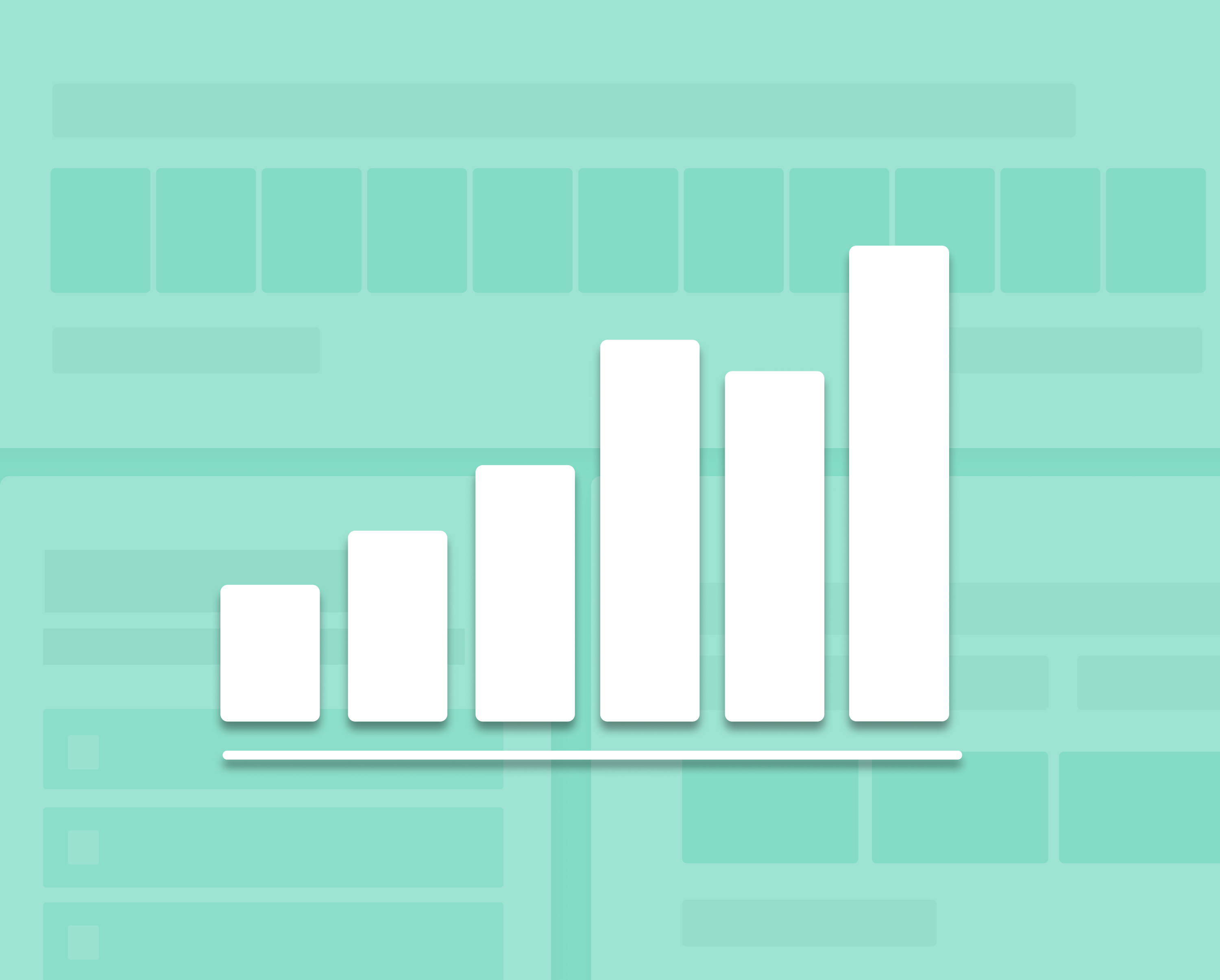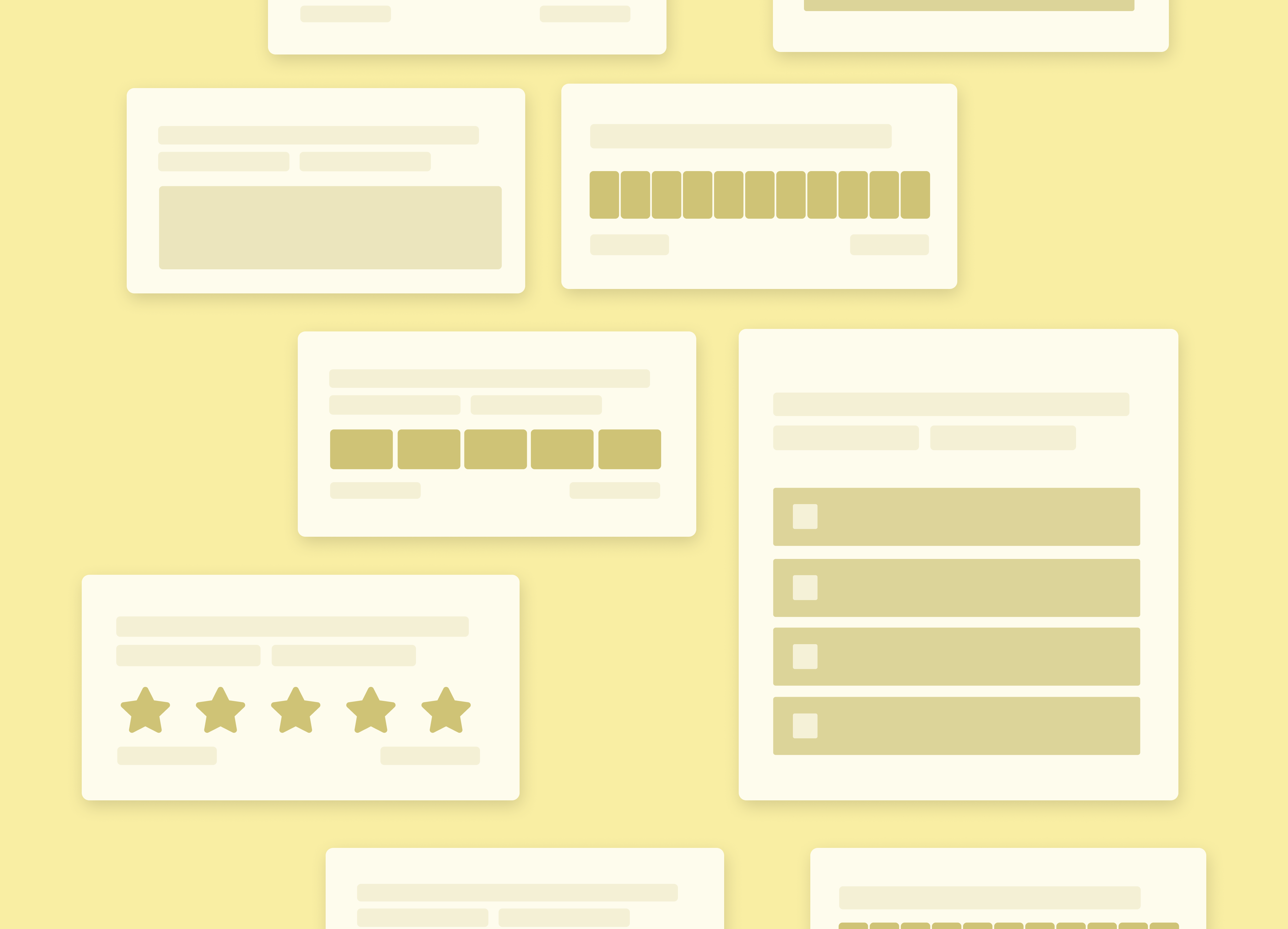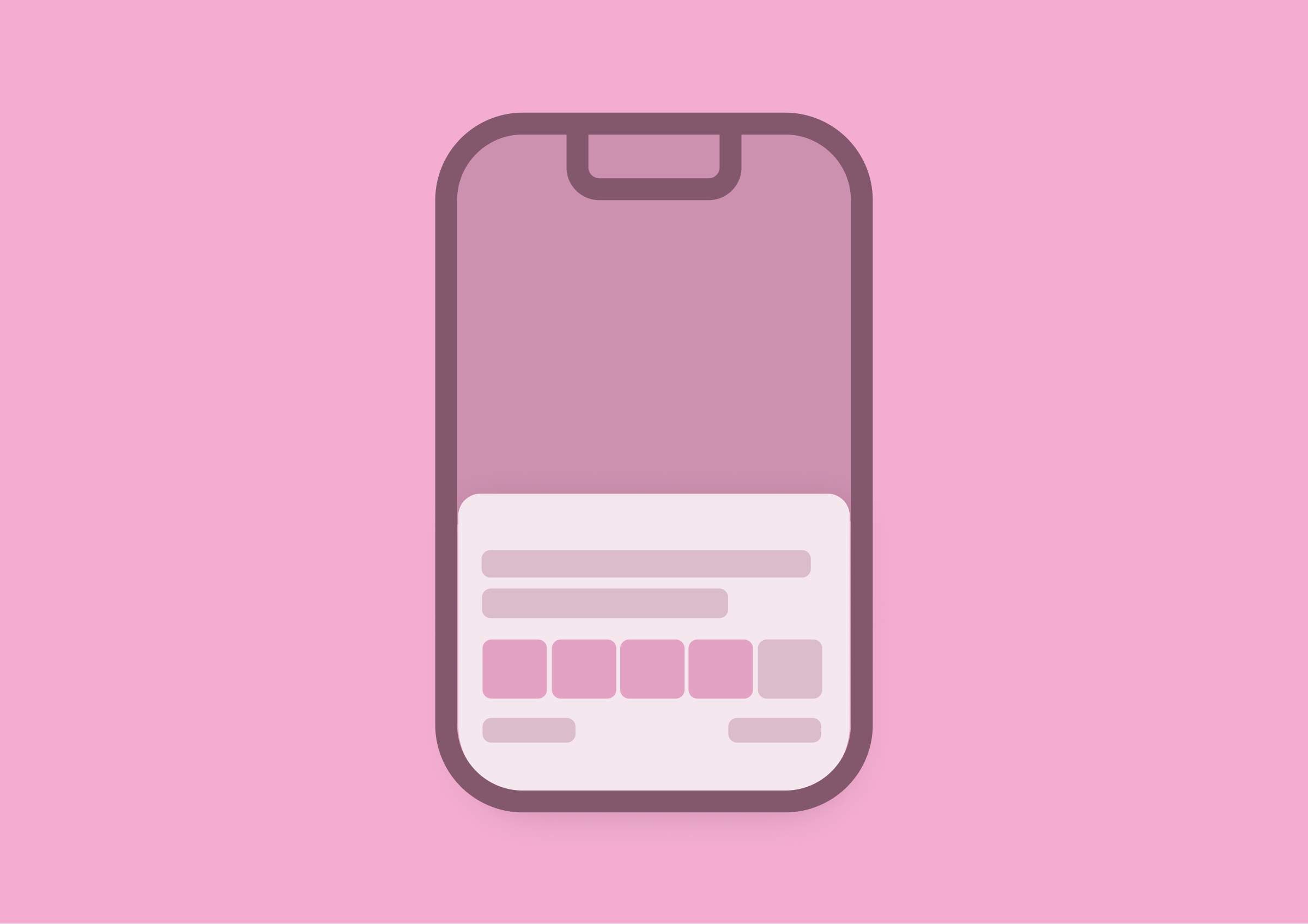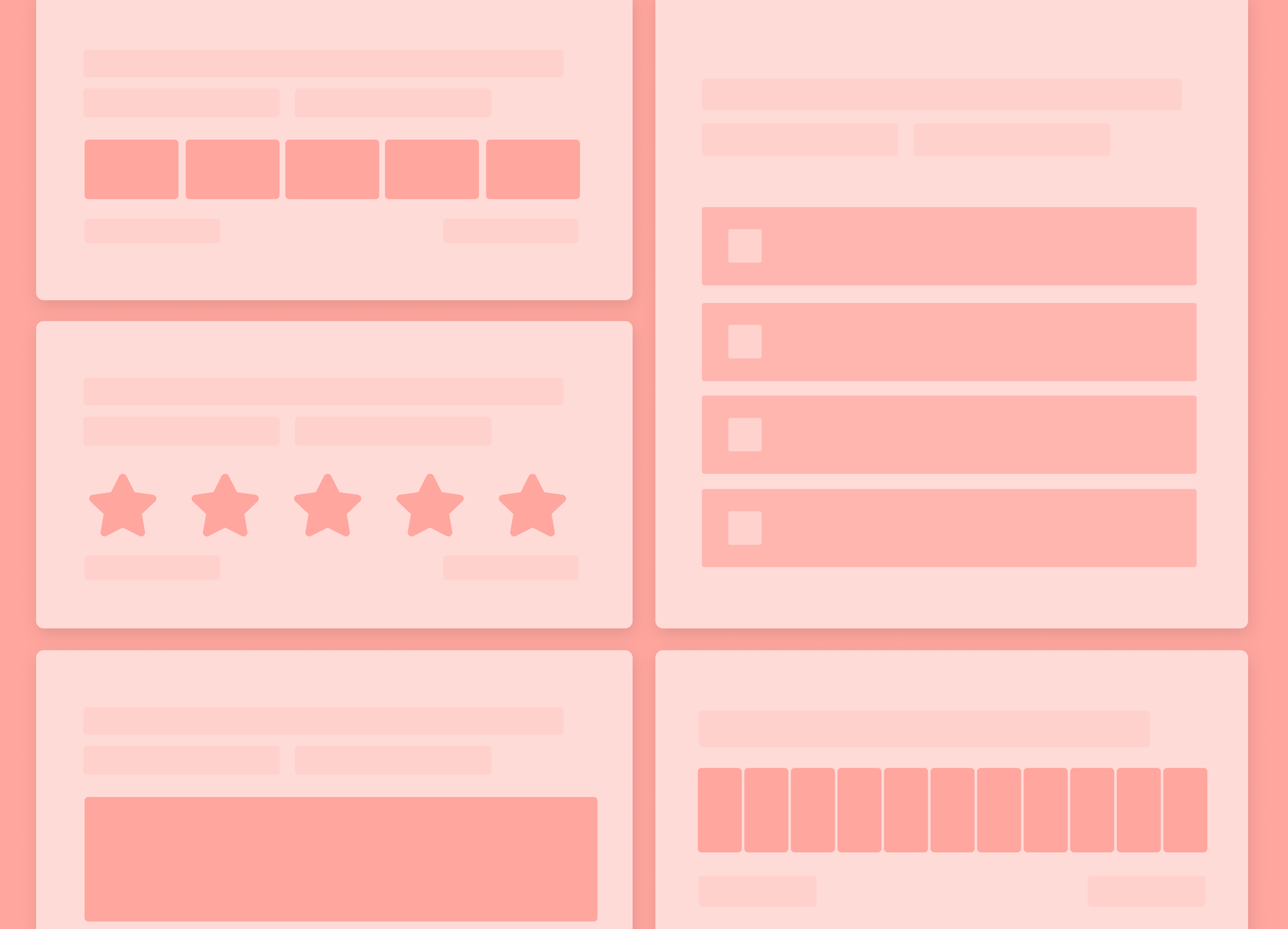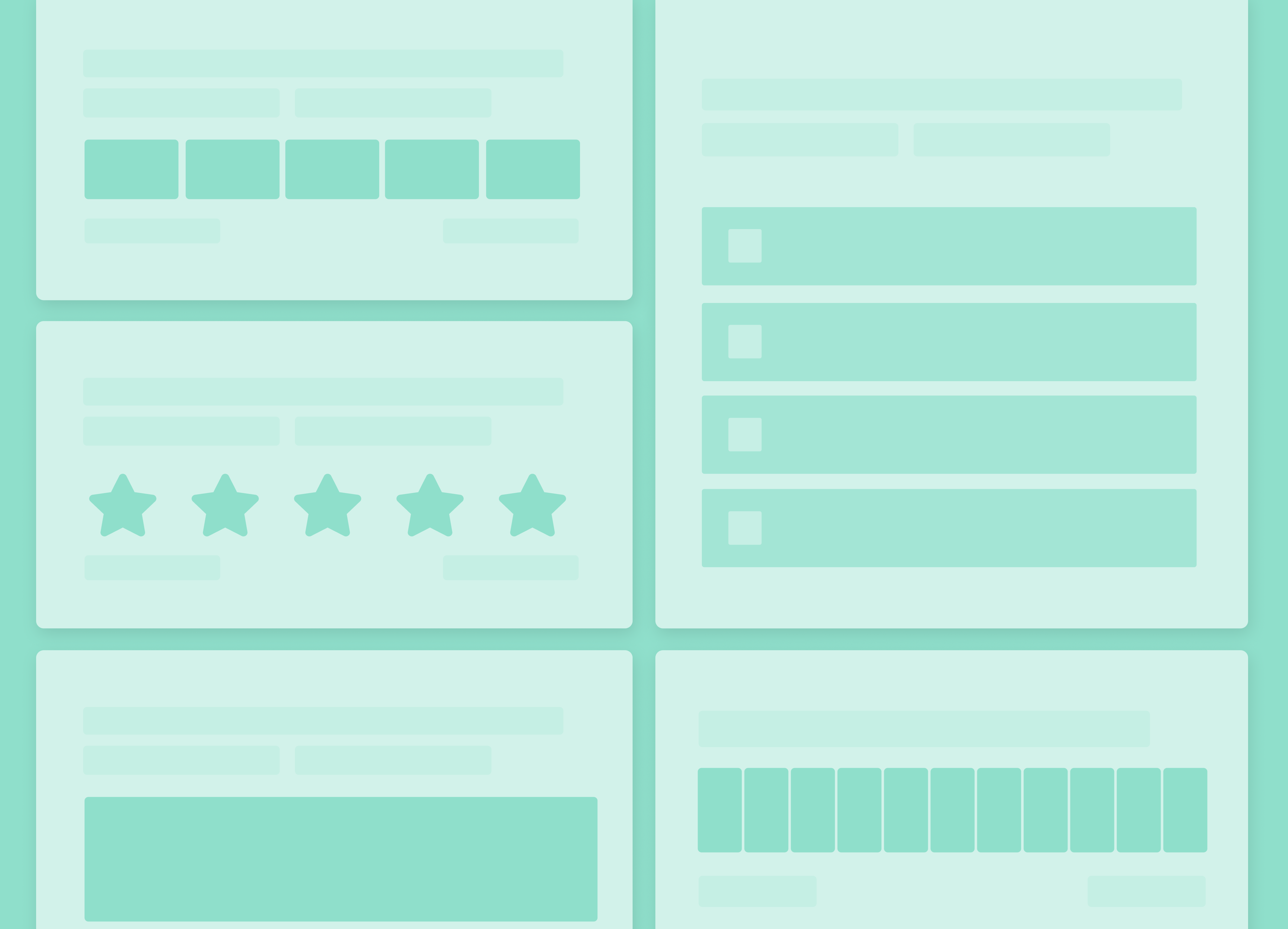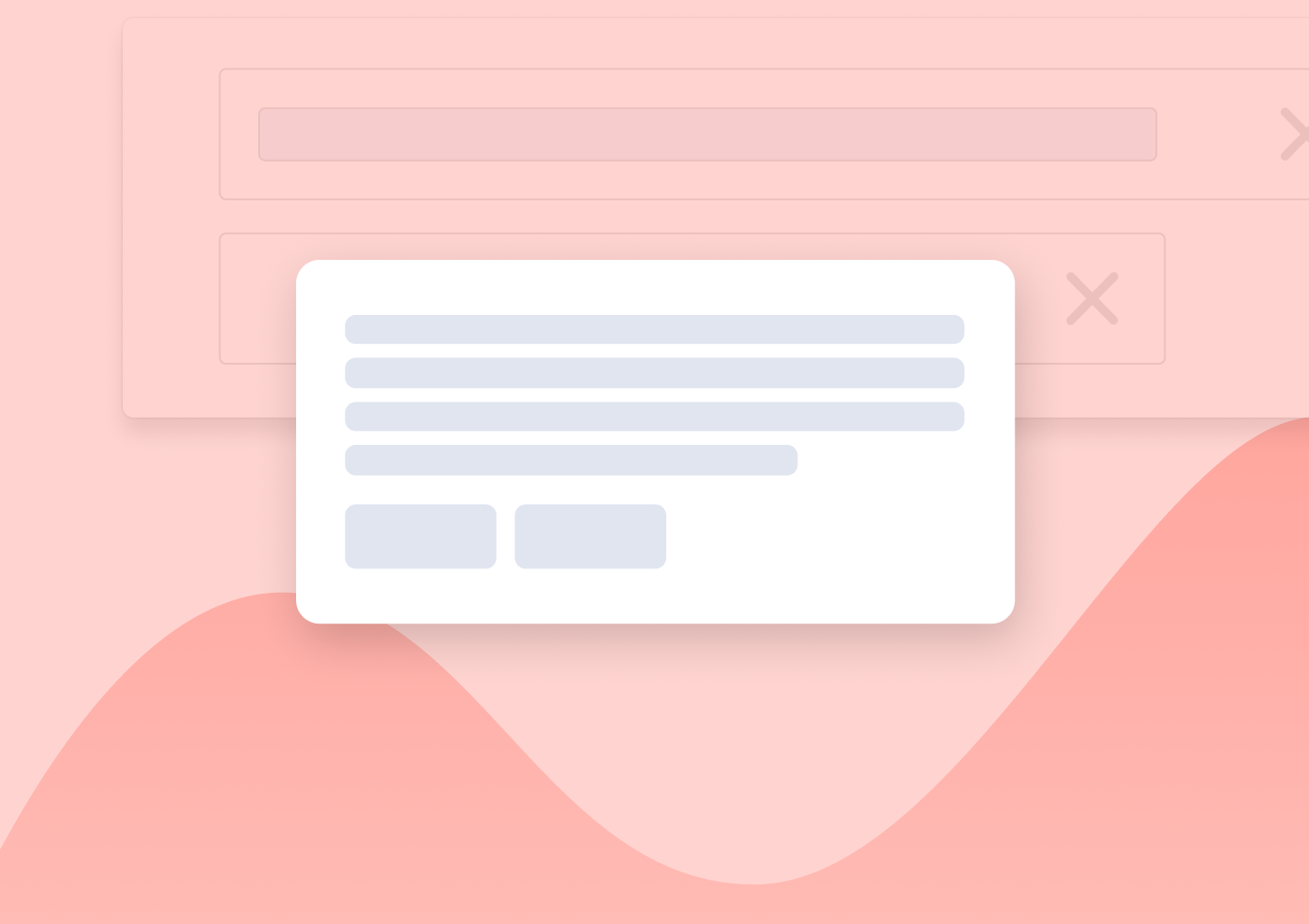3 Product-Led Growth Examples
TL;DR
- Product-Led Growth (PLG) is a strategy where the product drives acquisition, activation, retention, and revenue
- Key benefits include faster growth, lower CAC, improved user experience, better product-market fit, and higher lifetime value
- Leading PLG companies include Atlassian, Slack, Calendly, Zoom, Mule, Airtable, with tactics like freemium models, rapid prototyping, intuitive onboarding
- To start PLG, define your value, enable self-serve onboarding, track engagement metrics, iterate product experience, and build virality loops
Looking for examples of how other startups embrace product-led growth?
You know – Some of us throw everything into marketing. There’s is nothing wrong with that, of course.
But there are also many SaaS companies that believe in their products so much to use them as their main driver of growth.
We’ll focus on them and how they do it in this guide. So, keep on reading to learn everything you need to know about product-led growth. Discover how to apply it to your business and how other companies use it successfully already.
Before we look at those examples, though, let’s cover some basics.
What is Product-Led Growth?
Definition: Product-led Growt
Product-Led Growth (PLG) – a strategy where the product is the primary driver of user acquisition, activation, retention and monetization
Product-led growth (PLG, for short) is a business model that places the product at the center of your organizational objectives to drive acquisition, engagement, and retention.
In simple words, the growth of your product impacts your company’s overall growth.
Think of tools like Slack. The company’s growth is focused almost entirely on building its great product. So, the more they improve the product, the better the revenue it generates.
Wondering in practical terms what this looks like?
Let’s have a look.
How is Product-Led Growth Different from the Traditional Sales-Led Approach?
Product-led growth is gaining ground over the traditional sales-led approach in the SaaS industry.
More and more businesses want to place their product at the center of their organizational goals to scale faster.
Here are some of the reasons.
#1. No need to rely too much on your sales team
Even the best processes in the sales-led approach rely too much on your sales team. Leads need to talk to a salesperson to find out about your product and the problem it’s trying to solve.
Automation is your friend but there is still friction when the human element is involved at some point in the lead qualification.
With product-led growth, you let the product communicate its value to your new users and guide them to the next stages of the journey.
#2. Product-led growth is more cost-effective
A longer sales cycle with multiple touchpoints can increase your costs of acquiring new customers.
As competition increases, it’s crucial to explore new ways of shortening your sales cycle to survive. PLG allows you to make the acquisition easier by focusing on the product, from the onboarding that can happen in just a few steps to the process of moving to activation and retention.
#3. You can scale faster
Product-led growth strategies allow you to scale faster since the product communicates its value directly to potential users.
With PLG, you don’t need your sales team to be part of the funnel to qualify a user, you just rely on your product’s unique selling point.
You give your users the opportunity to try the product and if they like it, their word-of-mouth can help you go viral.
#4. Product experience comes earlier with PLG
On a sales-led approach, the funnel goes from Acquisition to MQL (Marketing Qualified Lead) and SQL (Sales Qualified Lead) until it reaches the desired state of converting a client.
When it comes to product-led growth, the funnel starts with the user signing up to your product, they sign up for a free trial, they use the product and if they like it, they turn into paying customers and advocates.
The process is more automated and easier to get to the “a-ha moment” with not much direct involvement from your customer success team. All you need is a good product experience with your sales and marketing team focusing on more “behind-the-scenes” work.
Why Companies Embrace the Product-Led Growth Approach
How can we summarize the benefits of taking a product-led growth approach?
Here is a list of them.
#1. Easier to scale
The only way to survive amongst the growing competition is to aim for a fast scale.
That’s where PLG can be helpful for software companies. You are putting your product at the center of your process and letting it communicate its value to your customers.
The better the product, the easier it will be to convince your free users to turn into paid customers.
#2. Lower CAC
Your sales funnel shouldn’t be complicated. Think of your customer’s pain points and make sure your product addresses them from the very first use.
Make it easy for them to get hooked and engage with your product to make the conversion effortless.
This makes the cost per acquisition lower as you don’t need to wait for too many touchpoints to get to the conversion.
#3. The freemium model makes it easier to grow your top of the funnel
All businesses need a steady number of new leads at the top of the funnel.
PLG tactics can simplify the process with the use of a free trial that gets the users to experience the product from a very early stage.
Think of a tool like Trello. You can play around with it and create a board as a free user. You enjoy the process and you want to use it more.
Soon, you end up upgrading the plan to include the rest of your team and use more features of it.
A freemium model combined with a good product experience can make it easier to land new users or get the existing ones to upgrade to bigger plans.
#4. Better user experience
It’s easier to keep your users happy simply by paying attention to all the stages of their product experience.
When it comes to PLG, you want to make it as easy as possible for all users to see the value in your product to speed up the process of moving from a free trial to paying an annual contract.
There’s no need to involve different people in the actual onboarding, for example, but you still need to think like your user and learn as many things as possible about what they like and what you need to apply.
3 Absolutely Amazing Product-Led Growth Examples
Atlassian
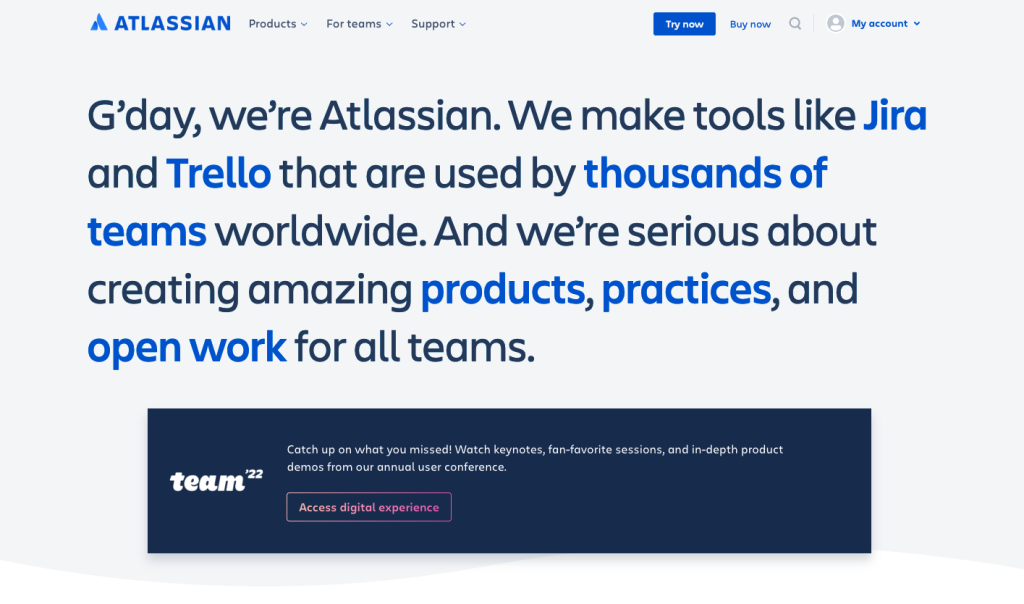
Atlassian is a software development and collaboration company and its products include Jira, Trello, and Confluence among others. They count more than 15 million users all over the world and they saw a revenue of $2.1 billion in 2021 and a valuation now at more than $74 billion.
Matt Ryall, ex-Head of Product at Atlassian and part of the product team for 14 years, shares his tips on how to get PLG to work for you. The freemium model helped Atlassian grow by highlighting the key features that users need and setting the pricing to be affordable enough to make the purchase easier.
Slack
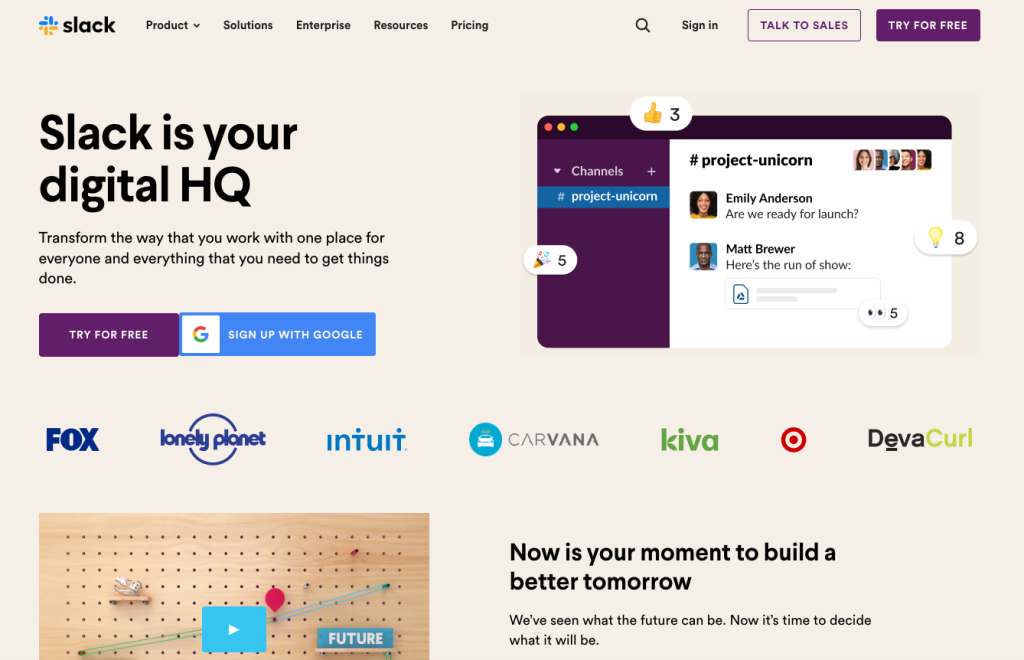
Slack is a collaboration platform that makes a great example of how to use PLG to drive success. Founded in 2009, they focused on the product and its value to grow their company, which is now seeing a $7 billion valuation counting more than 12 million active daily users.
Their freemium model relies on letting you use the product to explore its features until you’re ready to bring your whole team on board and make it part of your daily work. Ultimately, Slack was built to deliver “what people want” and they’re all about selling digital transformation rather than the product as another tool to your tech stack.
Calendly
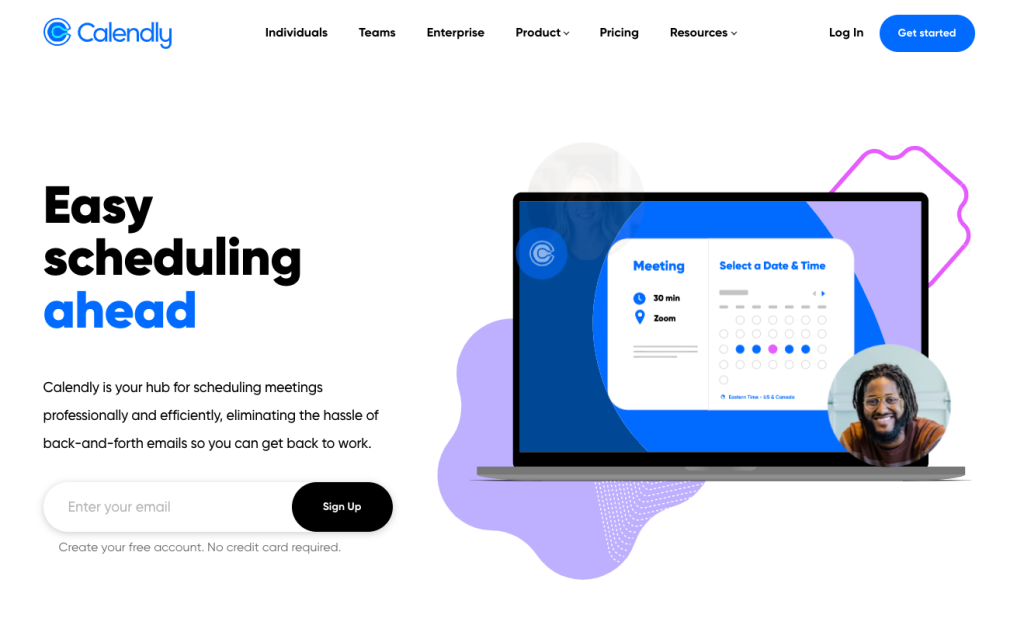
Calendly is a scheduling platform that makes “finding time” easier. Founded in 2010, it quickly became popular with its simplicity and user experience aiming to solve a growing problem for many businesses.
Product-led growth helped Calendly’s growth by putting the product and the customer at the center of the organization to make it as helpful as possible and let the network effect handle the promotion.
It is now used by 10 million monthly users and it’s valued at $3 billion.
BONUS: 7 Tips to Kickstart Your Product-Led Growth Strategy
Have these examples inspired you to to make the most of PLG for your business? Here are some best practices to consider.
#1. Understand the value you bring to the customer
You can’t think of upselling before a user understands your product’s value. That’s the power of product-led growth – you let the customers use the product from an early stage to see the value on their own.
Once they are engaged enough, it should be easier to convert them to paid customers. As Matt Ryall mentions on Atlassian’s PLG approach, you don’t even consider up-selling or cross-selling until you have a product that your customers want to buy.
#2. Be proactive with collecting feedback and be quick in acting on it
The best way to improve your product is to be proactive with customer feedback. Set up a strategy on the best times to collect feedback and the types of surveys that work best for each occasion.
For example, a CSAT survey can help you measure customer satisfaction, while an NPS survey can help you measure your customers’ loyalty to your product.
Right after you collect the feedback, it’s time to act on it and get back to your customers to acknowledge you’re actively listening to them. This is how you close the feedback loop and make the customers feel involved in your product roadmap.
Looking to collect customer feedback? Check out Refiner – the #1 dedicated user feedback platform for SaaS.
#3. Review your onboarding process
Your onboarding process will determine whether your users will stay engaged and it largely depends on the product experience.
With product-led growth, users onboard themselves so you need to make the process easy and appealing with as many opportunities to try the product as possible.
Think like your users. What would you like to see in an early stage? Is there friction you need to remove to get them to eventually convert into paid users?
#4. Shorten the time to value
Every product should highlight its value as early as possible. PLG can help you shorten your Time to Value (TTV) by letting users try the product early in the sales funnel.
Think about how you can get your users to the “a-ha moment” earlier. Is there a feature that stands out? Can the onboarding process help?
#5. Create growth loops
Growth loops are closed systems that turn the input into output and repeat the process to make the growth easier.
When it comes to PLG, a visitor tries the product, sees its value of it, invites team members and turns into a paid customer. Your company should explore the opportunity to build seamless growth loops that make the process as easy as possible.
Think of Calendly, for example. You want to plan a meeting with a new client. You send a calendly link to schedule a meeting. The new client has never heard of Calendly but an invite is now on their calendar. By confirming the meeting, they see the value and how the product simplifies the process. Just like that, they can decide to start using the product on their own.
#6. Prioritization is crucial
There are too many product feature requests and it’s up to the product teams to integrate them into the product roadmap.
The RICE scoring model can help you prioritize the most important features for your product based on reach, impact, confidence, and effort.
The score on each of the four factors can help you decide what your next focus should be. You can also confirm your decisions with your most loyal users through quick surveys.
#7. Test and learn
The best way to improve the product experience is to be ready to test and learn. Review all stages of the customer journey, talk to your existing users, and organize all the learnings in one place.
Use the insights to shape your product roadmap and keep exploring new opportunities to scale.
And that’s it…
Hopefully, these examples have shown you how to embrace product-led growth in your business.
All that’s left is to pull up the sleeves and get started.
Good luck!
Product-led Growth – FAQ
Any SaaS or digital product that can let customers discover value independently, without upfront sales friction.
Start with a free plan or trial, ensure users reach value quickly, track behavior metrics, and invite sharing via product features.
Not at all, business tools like Atlassian, Pendo, Appcues and enterprise SaaS also succeed with PLG via freemium trial strategies.
Track CAC, time-to-value, activation rates, retention curves, expansion revenue, viral coefficient.
Yes, many companies combine PLG for self-serve adoption with a sales-led motion for larger accounts or complex deals.






